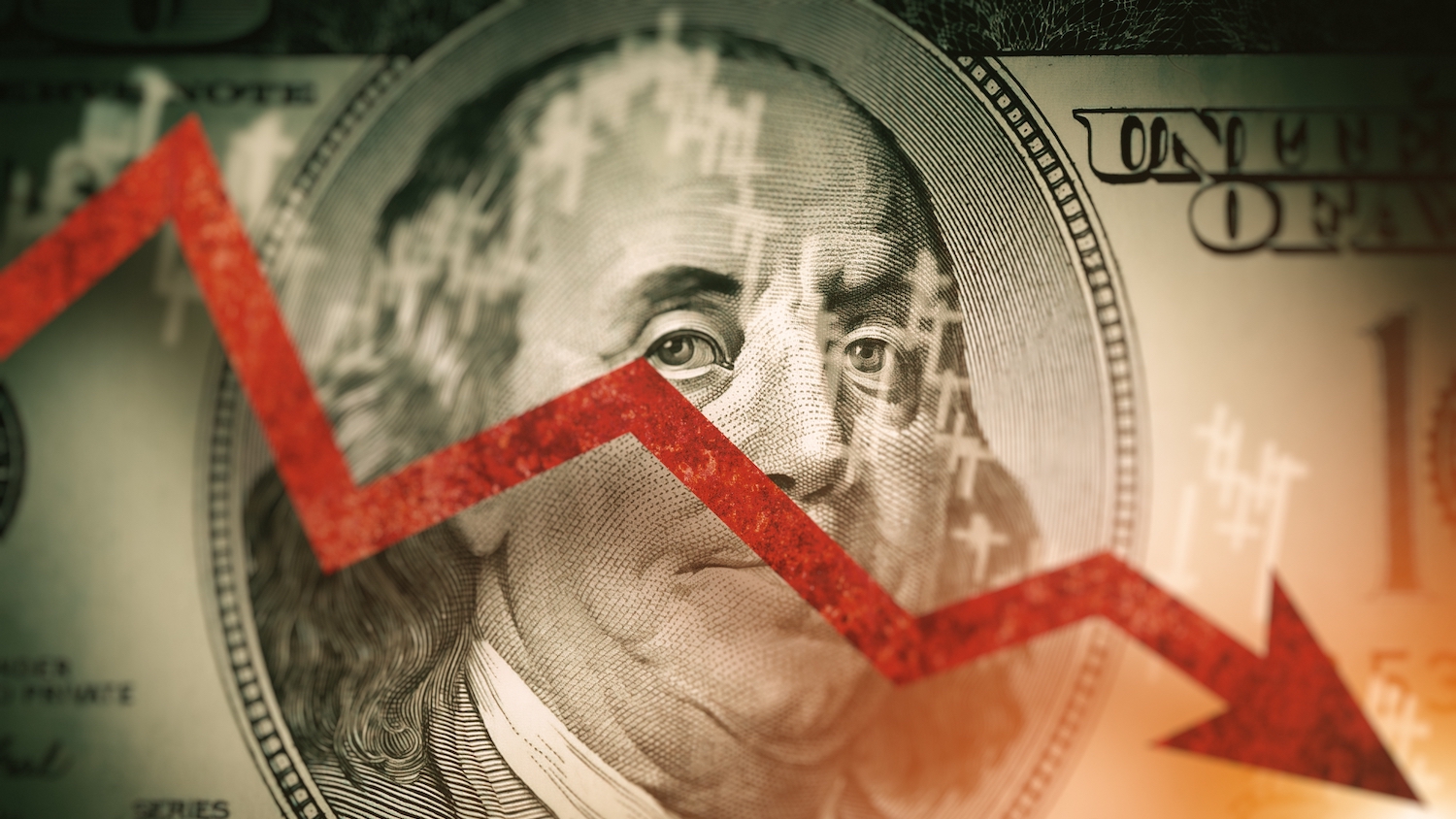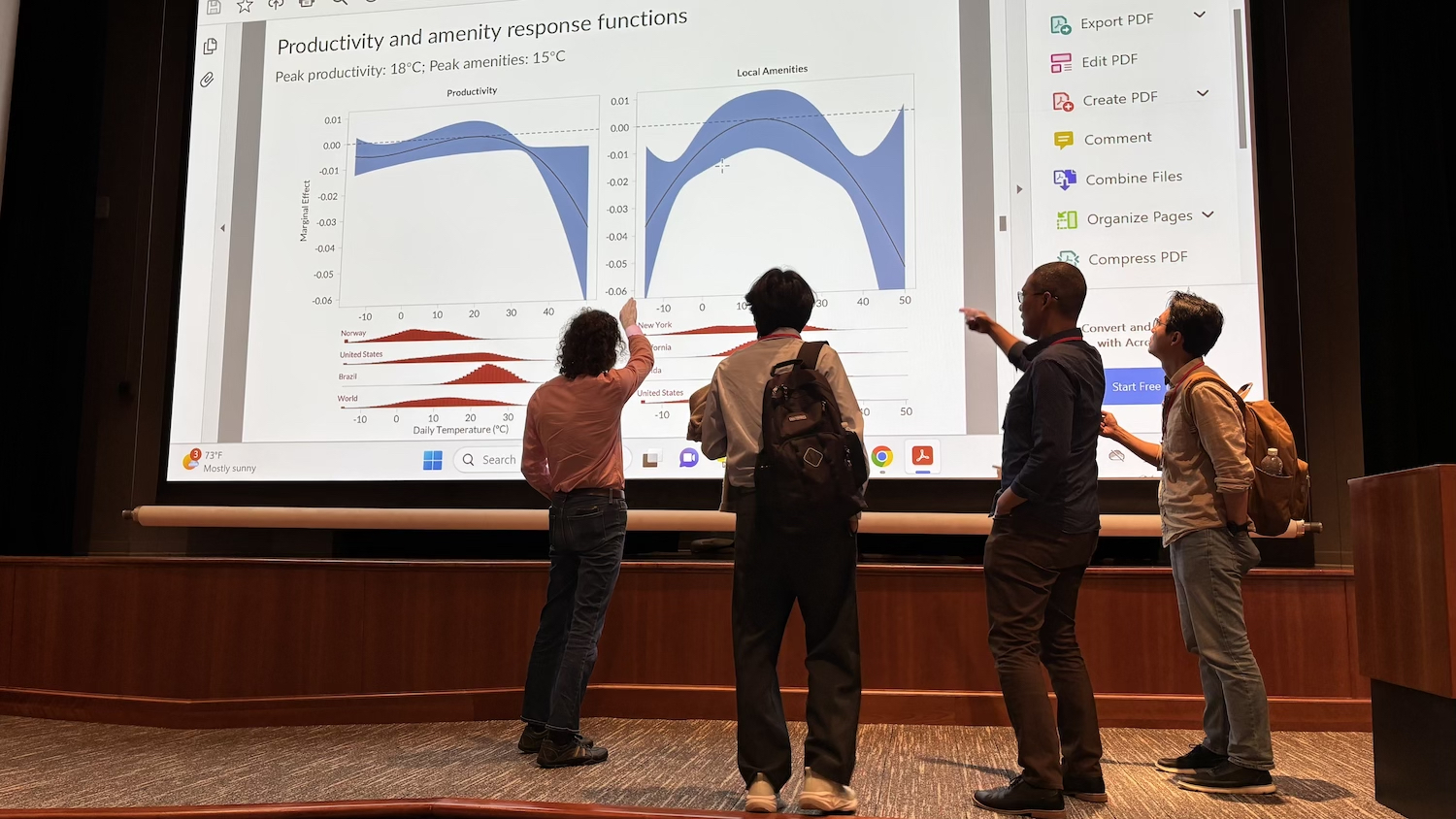It was alarming in early August when quarterly U.S. gross domestic product (GDP) declined for the second time in 2022 – leading many Americans wondering: Is the U.S. headed into a recession? The concern only rose following the International Monetary Fund’s recent projections of world GDP, which showed a more ‘gloomy and more uncertain’ outlook.
Poole College assistant professor of economics Ayse Dur explains what these indicators could mean when it comes to the likelihood of the United States experiencing its first significant recession since the subprime mortgage crisis led to the U.S. housing bubble collapse in 2007.
While some sources define a recession as “two consecutive quarters of decline in GDP,” this is not a widely accepted rule among economists. A special committee of the National Bureau of Economic Research (NBER), a private organization, keeps track of the U.S. economy’s boom and bust periods – determining when the economy is in a recession. According to the NBER website, the analysis of the eight academic economists on the committee entails more than just looking at GDP growth. In particular, the committee searches for a time frame where there is “a significant decline in economic activity that is spread across the economy and lasts more than a few months.” To gain a better sense of the level of economic activity, the committee analyzes various data on employment, personal income and industrial production.
To identify the beginning and end dates of the U.S. economy’s downturns, the committee waits until enough data are released. This may take several months, and even years. Just like an aviation accident analysis that takes place after a plane crash, the committee identifies a recession in retrospect. For example, the NBER announced on December 1, 2008, that the recession that accompanied the financial crisis of 2007-2008 began in December 2007. Recessions since World War II have been relatively short compared to expansions – with the 2007-09 recession being the longest at 18 months and the Pandemic Recession being the shortest at two months.
One challenge is that macroeconomic data are generally published with lags and often revised. The initial release is usually a preliminary estimate. Later, using information that was not available at the time of the release, the data can be revised. The revised data are thought to be more accurate than the data initially released. For instance, the Bureau of Economic Analysis estimated that U.S. real GDP declined at an annual rate of -1.6% in the first quarter of 2022 and -0.9% in the second quarter. On August 25, the second quarter growth rate was revised from -0.9% to -0.6%, indicating a smaller contraction. The next release of GDP growth for the second quarter of 2022 is scheduled on September 28.
These indicators signal a robust outlook for the U.S. economy, at least for the time being, which is in line with a recovery from the Pandemic Recession.
While GDP growth rates indicate some slowdown, the economic indicators that the NBER committee watches depict a more promising view These indicators signal a robust outlook for the U.S. economy, at least for the time being, which is in line with a recovery from the Pandemic Recession.
However, there are some other economic conditions that will likely affect the future path of the U.S. economy – inflation being one of them. In June 2022, U.S. consumer price inflation reached 9.1% – the highest level in the past four decades. As the Federal Reserve started to view inflation as more permanent than temporary, the stance towards the path of policy interest rates also turned more aggressive. At a speech during the annual Jackson Hole Economic Symposium in August, the Federal Reserve Chair Jerome Powell appeared committed to bringing inflation down to the Fed’s long-run target of 2%. This means that, in the short run, households and businesses will possibly get hurt due to rising interest rates and borrowing costs.
There may be further headwinds to policymakers, such as supply chain disruptions in international trade, an unbalanced labor market where demand exceeds supply and greater uncertainties due to the war between Russia and Ukraine. Predicting if – or when – a recession will take place is difficult. But considering these phenomena, concerns about a recession seem justified.
- Series:



